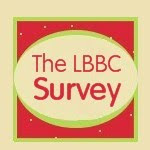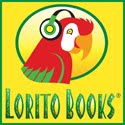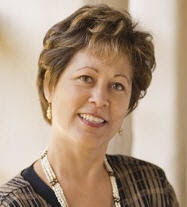First of all, I'd like to thank all of you who have taken the
LBBC survey. If you haven't had a chance to fill it out, you can click on the button in our sidebar. Your feedback is valuable and you have given us much to think about. We have taken all of the information you have given us and are working on the ways we can improve this site to better serve you.
One of our readers suggested that we share more ideas, programs and on-line resources for children/students who are learning Spanish. While we have mentioned a few programs
here and
there, this has not been our primary focus, so we will be sharing with you more products and resources, like the following bilingual flash cards that were recently reviewed on our sister site,
Mommy Maestra.
BLINGuals are a new set of bilingual flash cards on the market. The illustrated cards are English on one side and Spanish on the other. I have found these to be extremely versatile in that they are beneficial for not only for second-language learning, but they are also great for teaching categorization, color learning, spelling practice and reading. They are best utilized by children ages 4 and up, but parents/teachers can use them with younger children to increase their vocabulary.
The cards can be grouped by color, location, function, and other relative categories, which makes them an excellent tool for reinforcing the concepts of comparison and categorization. If your children are just starting school, BLINGuals are an ideal supplement to their curriculum.

You can tell a lot of thought has gone into the design of this product. There are quite a few sets of bilingual flash cards out there (I know because we have a few of them), but I think that one of the reasons that my kids and I are enjoying these so much is because of the illustrations. They are not independent of each other, but rather are tied together in a story book like fashion with a young boy and girl as the main characters. I found my daughter arranging the cards in a certain order to "tell a story."
Also, the English side is surrounded by a blue border, whereas the Spanish side is yellow, which is helpful if you or your kids accidentally drop them all over the floor. They are very easy to sort without having to look at each word.
There are a couple of cards that use Spanish words that I don't (for example, I say "pelota" not "bola"), but with such a diverse language, I don't find it to be bothersome. I just pointed it out to my kids and told them that there are many ways to say the same thing, and then I used the word that I preferred.
BLINGuals also offers flash cards in other language combinations. Acutally, they have 15 available languages that you can choose from and you can get your cards in any combination ... French/Spanish, anyone?
To purchase a set of BLINGuals, just run over and visit their
website.

























